Iran has started up new cascades of advanced centrifuges. It plans to install others in the coming weeks after facing criticism over its nuclear program, the United Nations’ atomic watchdog said Friday. The U.S. said that it considers the moves ‘nuclear escalations.’
Spinning up new centrifuges further advances Iran’s nuclear program. The program already enriches uranium at near-weapons-grade levels. It boasts a stockpile big enough for several nuclear bombs if it chose to pursue them.
The acknowledgement from the International Atomic Energy Agency (IAEA) did not include any suggestion that Iran planned to go to higher enrichment levels in spite of increased tensions between Tehran and the West as the Israel-Hamas war rages in the Gaza Strip.
The IAEA stated that its inspectors verified last Monday that Iran had begun feeding uranium into three cascades of advanced IR-4 and IR-6 centrifuges at its Natanz enrichment facility. Cascades are clusters of centrifuges that spin uranium gas to more quickly enrich the uranium.
Iran has been enriching uranium in those cascades up to two percent purity. Iran already enriches uranium up to sixty percent. That is a short, technical step away from weapons-grade levels of ninety percent.
Iran also plans to install eighteen cascades of IR-2m centrifuges at Natanz and eight cascades of IR-6 centrifuges at its Fordo nuclear site. Each of these classes of centrifuges enrich uranium faster than Iran’s baseline IR-1 centrifuges. The IR-1 centrifuges remain the workhorse of the country’s atomic program.
Iran did not immediately admit their decision. It comes after Iran threatened to take action following a vote earlier this month at the IAEA’s Board of Governors that censured Iran for failing to cooperate completely with the agency.
The decision was immediately criticized by State Department spokesman Matthew Miller. He said, “Iran aims to continue expanding its nuclear program in ways that have no credible peaceful purpose. These planned actions further undermine Iran’s claims to the contrary. If Iran implements these plans, we will respond accordingly.”
Miller did not give any detail on what steps the U.S. and its allies might take. Iran already faces grinding economic sanctions from Washington and others that have deeply hurt its economy and sent its rial currency crashing over recent years.
Iran’s 2015 nuclear deal with world powers collapsed following the U.S.’ unilateral withdraw from the accord in 2018. Since then, it has pursued nuclear enrichment just below weapons-grade levels. U.S. intelligence agencies and others do not believe that Iran has begun a weapons program yet.
Iran is a signatory to the Treaty on the Non-Proliferation of Nuclear Weapons. It has pledged to permit the IAEA to visit its atomic sites to ensure its program is peaceful. Iran agreed to additional oversight from the IAEA as part of the 2015 nuclear deal. However, for years it has curtailed inspectors’ access to sites. It also does not fully answer questions about other sites where nuclear material has been found in the past.
Rafael Mariano Grossi is the IAEA’s director-general. He visited Iran in May in an effort to increase inspections, but there hasn’t been any major public change in Iran’s stance.
All this comes as Iran also appears to be trying to contain the risk it faces from the U.S. following an unprecedented attack on Israel. The assault was a response to a suspected Israeli strike on April 1 which killed two Guard generals and others in Damascus, Syria. This attack has pushed a yearslong shadow war between Israel and Iran out into the open.
Blog
-
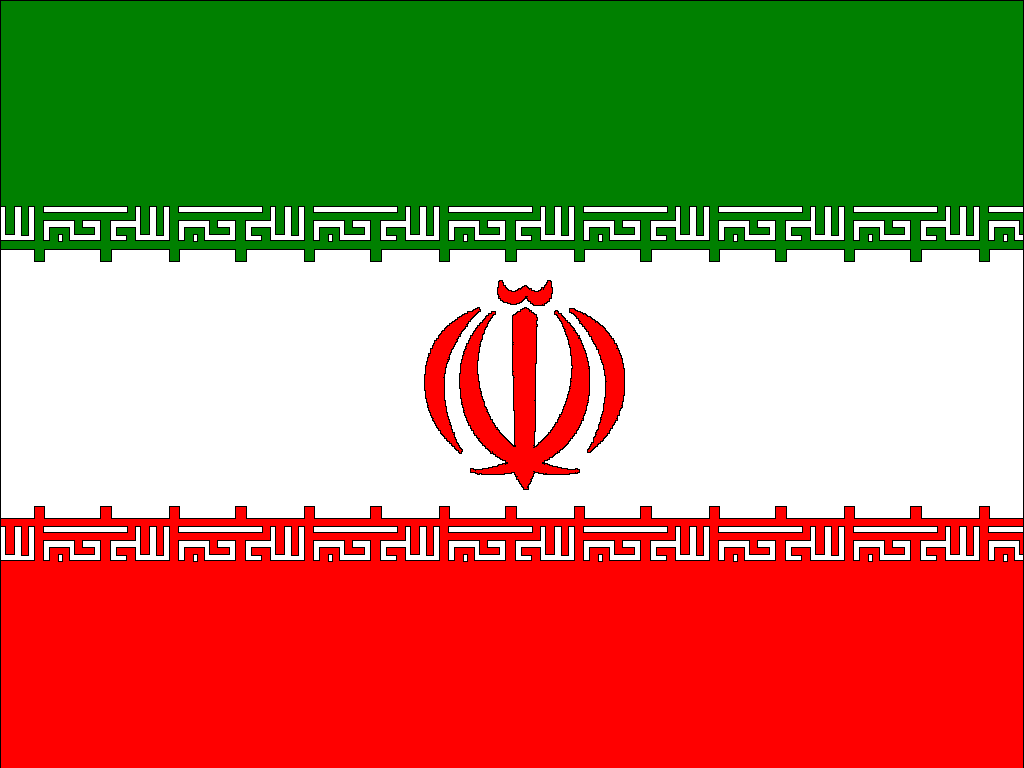
Iran Increases Enrichment Of Uranium
-
Nuclear News Roundup Jun 25, 2024
Ambient office = 98 nanosieverts per hour
Ambient outside = 114 nanosieverts per hour
Soil exposed to rain water = 113 nanosieverts per hour
Tomato from Central Market = 83 nanosieverts per hour
Tap water = 104 nanosieverts per hour
Filter water = 90 nanosieverts per hour
-
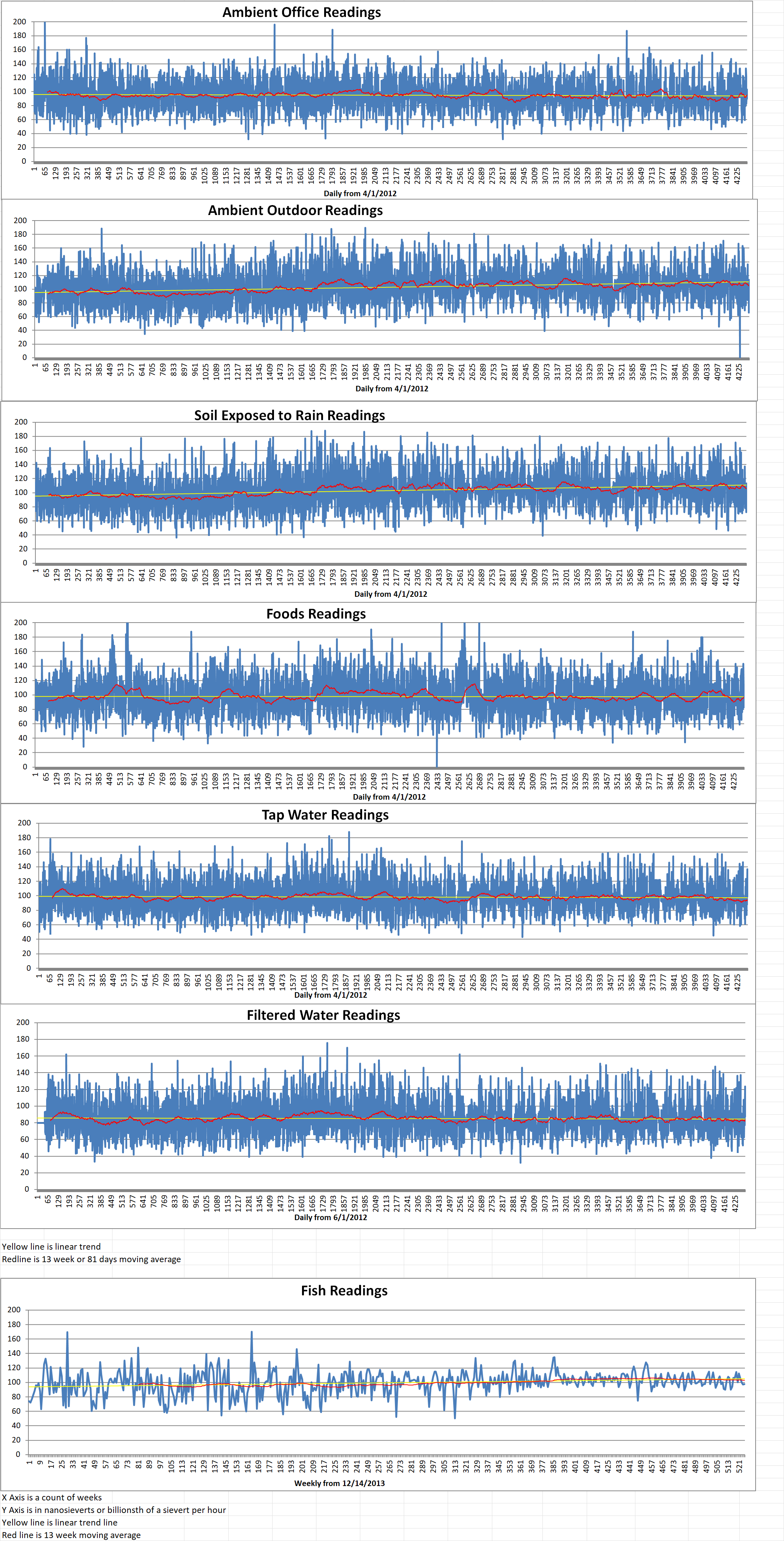
Geiger Readings for Jun 25, 2024
Ambient office = 98 nanosieverts per hour
Ambient outside = 114 nanosieverts per hour
Soil exposed to rain water = 113 nanosieverts per hour
Tomato from Central Market = 83 nanosieverts per hour
Tap water = 104 nanosieverts per hour
Filter water = 90 nanosieverts per hour
-

Department Of Energy Funding Project To Make Ammonia With Nuclear Power
Ammonia is an important industrial chemical. It is an inorganic chemical compound of nitrogen and hydrogen with the chemical formula NH3. Ammonia, either directly or indirectly, is also a building block for the synthesis of many chemicals.
A project centered in Utah is being developed to make cleaner ammonia with nuclear energy. It’s a project that, if scaled, could eliminate the more than one percent of global carbon pollution production that is generated from ammonia-making. It’s a unique combination of multiple cleaner energy solutions in one project with government backing.
Experts at Utah State University and scientists from Illinois-based Argonne National Laboratory are collaborating on the ammonia project. The project is being funded by the Department of Energy, which set aside fifty-six million dollars for sixty-eight projects last year to support the development of nuclear energy.
It all begins with making ‘green hydrogen’ with nuclear-powered electrolysis, which uses electricity to split water into hydrogen and oxygen. Hydrogen is often generated through a steam-reforming method that uses natural gas which limits its clean-energy potential.
By using small modular fission reactors from Oregon’s NuScale Power to power the electrolysis, the experts can ensure an air-pollution-free process cost-effectively. Small modular reactors offer about one-third the power generation of typical larger reactors, making them well-suited for the task.
Hydrogen is already being used to fuel vehicles without making planet-warming fumes, and more innovations are in development. As part of a circular benefit, ammonia is an effective way to store hydrogen.
About forty three percent of hydrogen produced globally is used to make ammonia through another process using high heat and pressure. About one and two tenths percent of global air pollution comes from ammonia production.
The New York Health Department notes that about eighty percent of industry-produced ammonia is used in fertilizer for crops. Ammonia demand increases with food demand. We live in a hungry world with a population expected to exceed ten billion by 2060, per U.S. Census Bureau estimates.
“A significant increase in ammonia production is expected with population growth, according to historical data. Thus, decarbonizing the existing ammonia market represents a big opportunity for carbon-free ammonia to significantly reduce global [greenhouse gas] emissions,” according to a recent report on ammonia production.
The nuclear ammonia project is an interesting intersection of nuclear science, hydrogen, and ammonia. All of these are mentioned by experts to some degree as part of a more sustainable energy future. Eliminating harmful air pollution by even a couple of percentage points would have a huge impact. Researchers expect agricultural productivity to be reduced as temperatures continue to rise and limit crop yields. That is just one problem linked to our planet’s warming.
The Utah and Argonne experts hope their project will lead to a scalable technique that can be deployed ‘essentially everywhere.’
Kathryn Huff works in the Department of Energy nuclear energy office. She said in the press release announcing the projects that the “The funding will help ensure researchers and educators have the resources they need to keep making a difference.” -
Nuclear News Roundup Jun 24, 2024
Atomic intelligence: Is nuclear the fuel for energy-hungry AI? Eco-business.com
NRC launches environmental review of plan to restart Palisades nuclear plant in Michigan detroitnews.com
US denies holding ‘active’ nuclear talks with Iran iranintl.com
NANO Nuclear Energy Announces Pricing of Upsized $18 Million Underwritten Offering (Updated) finance.yahoo.com
-
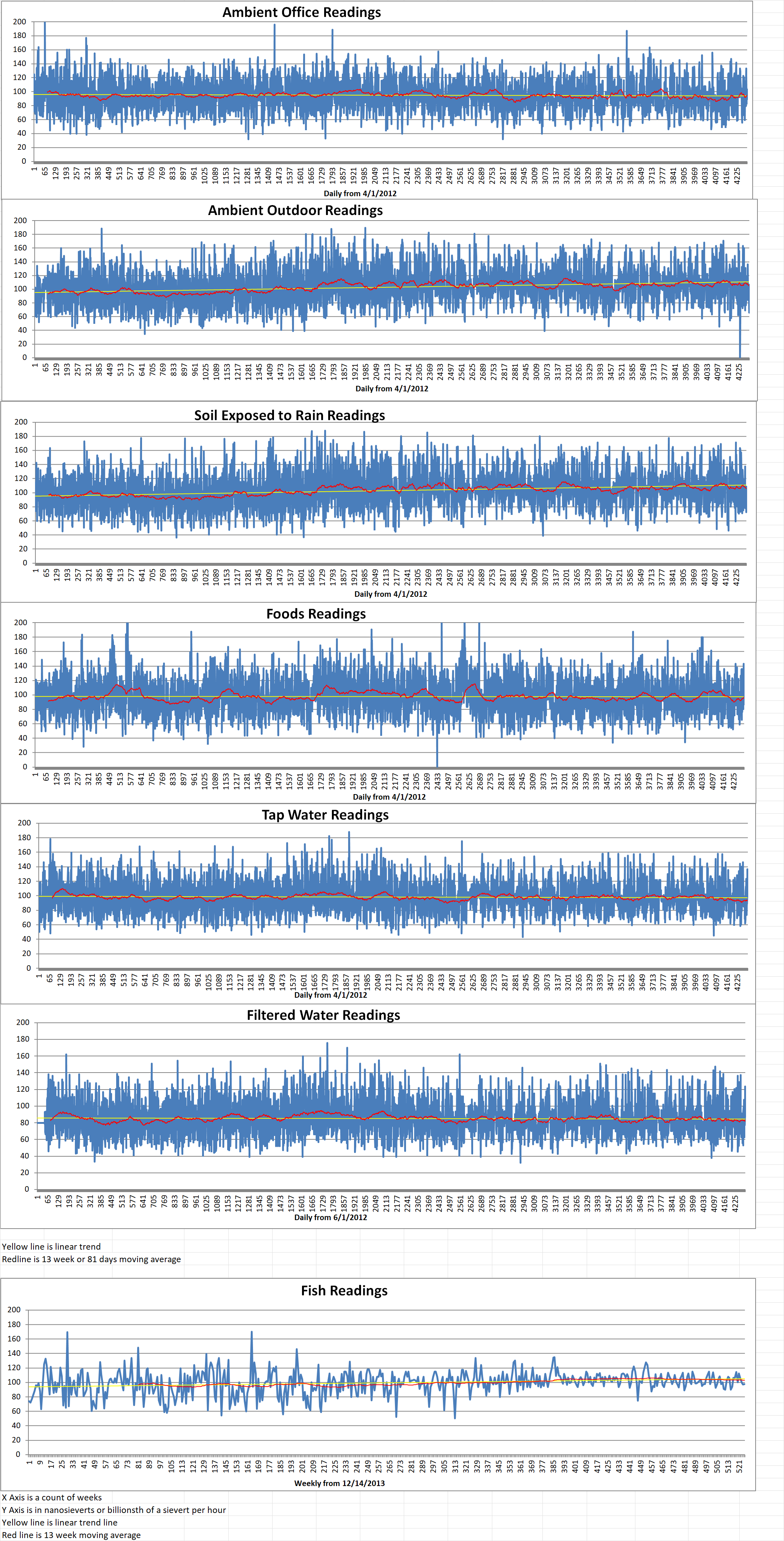
Geiger Readings for Jun 24, 2024
Ambient office = 103 nanosieverts per hour
Ambient outside = 103 nanosieverts per hour
Soil exposed to rain water = 108 nanosieverts per hour
Roma tomato from Central Market = 87 nanosieverts per hour
Tap water = 99 nanosieverts per hour
Filter water = 87 nanosieverts per hour
-
Nuclear News Roundup Jun 23, 2024
U.S. Solar and Wind Power Generation Tops Nuclear for First Time oilprice.com
Talen-Amazon interconnection agreement needs extended FERC review: PJM market monitor utilitydive.com
Campaigners to stage 10-day peace camp at airbase
UN Condemns Russia, Urges ‘Urgent Withdrawal’ Of Forces From Ukrainian Nuclear Plant rferl.org
-
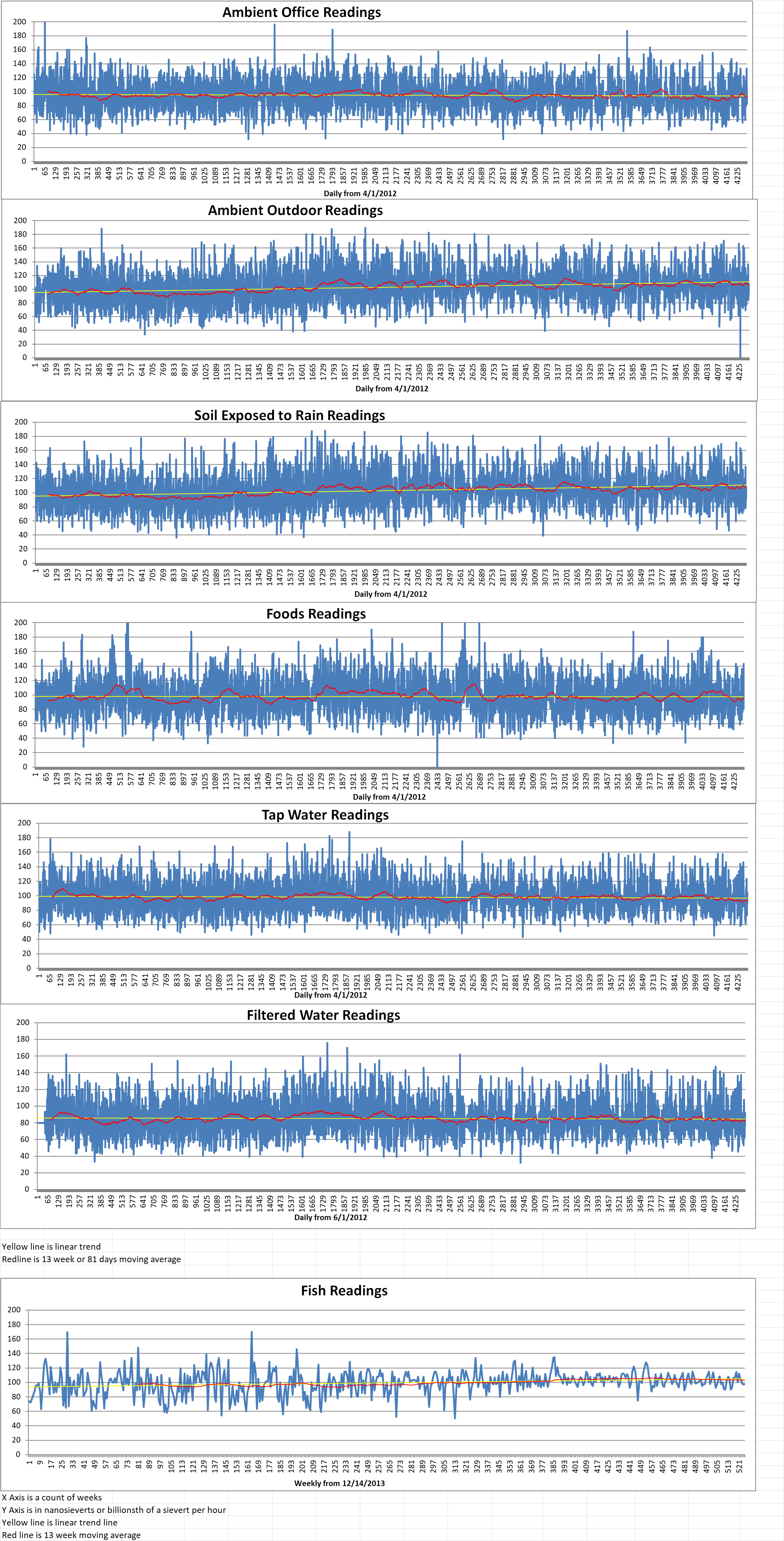
Geiger Readings for Jun 23, 2024
Ambient office = 91 nanosieverts per hour
Ambient outside = 66 nanosieverts per hour
Soil exposed to rain water = 72 nanosieverts per hour
Avocado from Central Market = 102 nanosieverts per hour
Red bell pepper Tap water = 137 nanosieverts per hour
Filter water = 123 nanosieverts per hour
-
Nuclear News Roundup Jun 22, 2024
US study examines feasibility of coal-to-nuclear conversion world-nuclear-news.org
Aalo prepares for US licensing of microreactor world-nuclear-news.org
Double the Exposure to a Bullish Uranium Industry With This ETF etfdb.com
Could nuclear power restart at Three Mile Island? Here’s what to know about the plant’s history lancasteronline.com
-
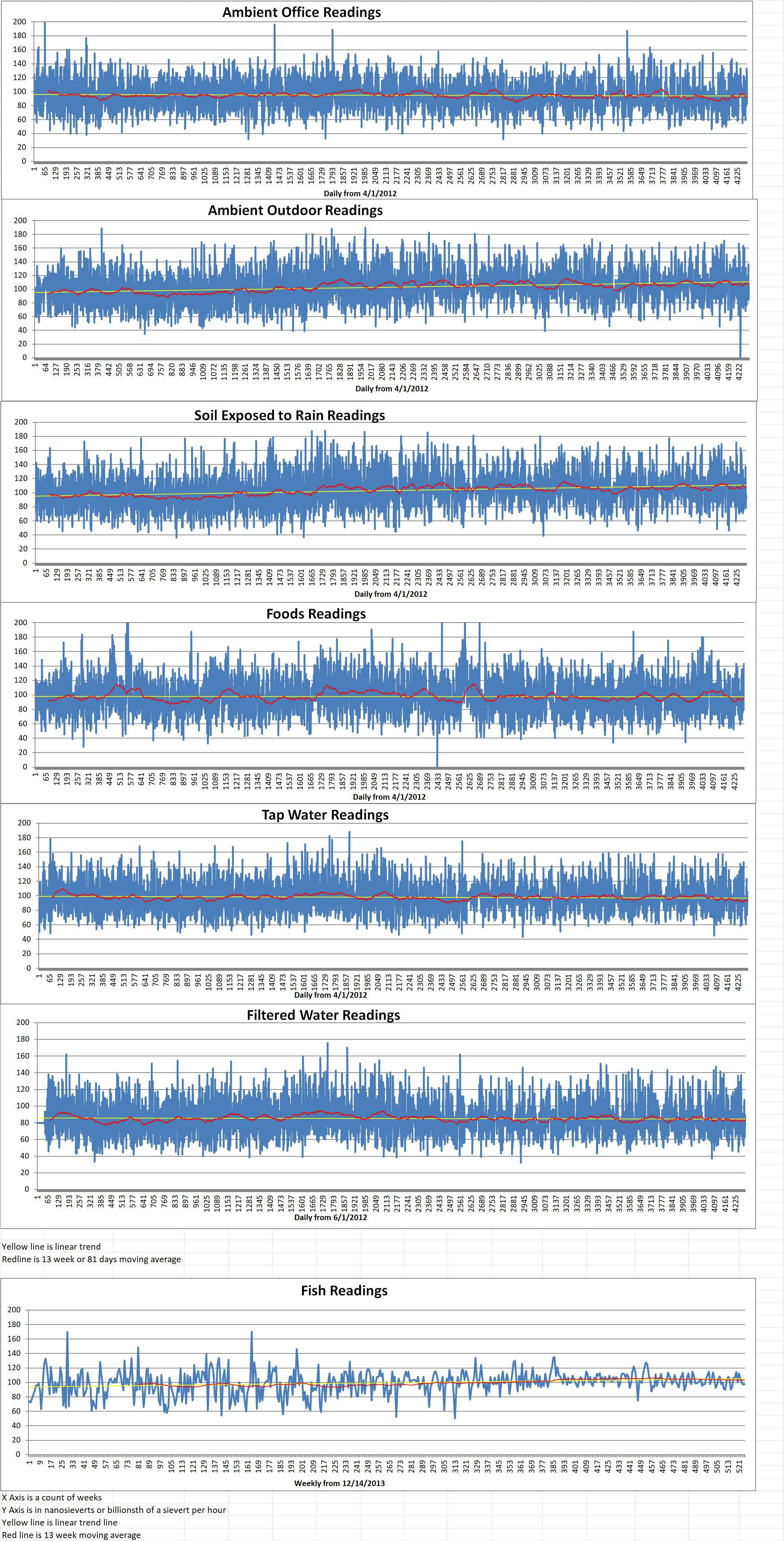
Geiger Readings for Jun 22, 2024
Ambient office = 92 nanosieverts per hour
Ambient outside = 103 nanosieverts per hour
Soil exposed to rain water = 96 nanosieverts per hour
Mini cucumber from Central Market = 143 nanosieverts per hour
Tap water = 89 nanosieverts per hour
Filter water = 77 nanosieverts per hour
Dover Sole from Central = 98 nanosieverts per hour
